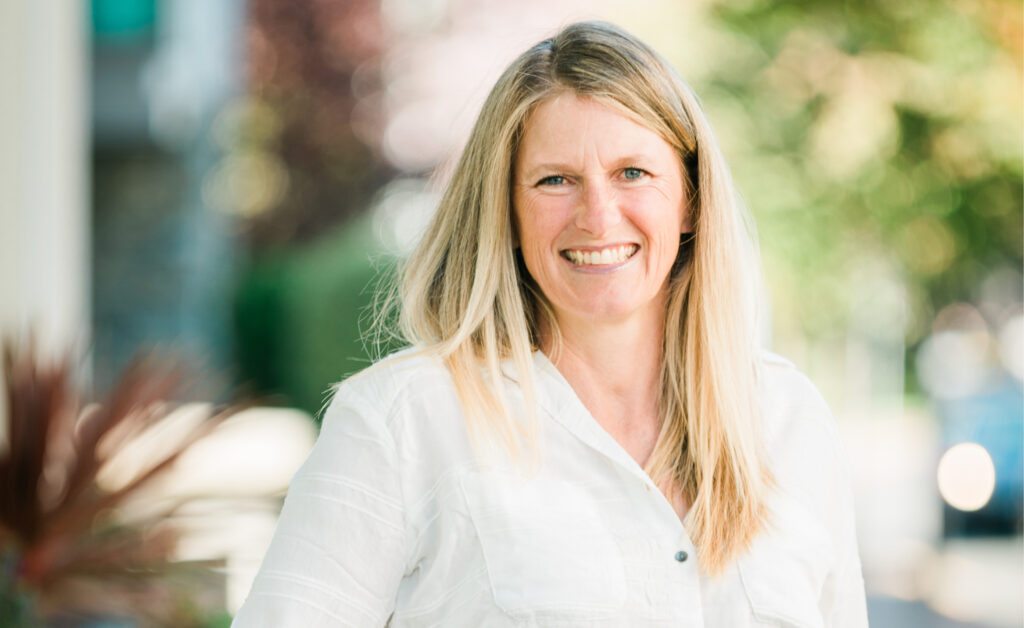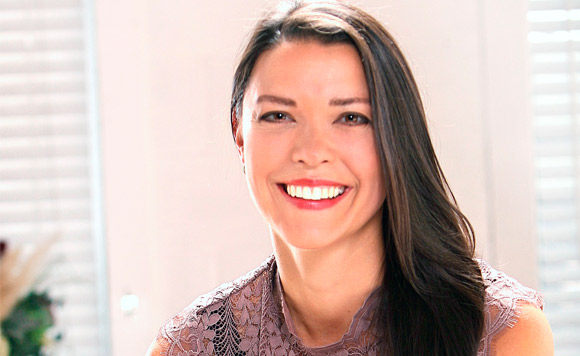– by Valerie Green –
Have you ever wondered what it would be like to sit down and talk with some interesting characters from Greater Victoria’s past? If so, wonder no more. Although these conversations are merely creative figments of my imagination, they are all based on fact.
Emily Carr was a renowned Victoria artist and author but only really achieved the fame she deserved after her death in 1945. Her name is now known around the world. (“Interview” conducted in the late 1930s.)
Your health has not been too good of late I understand, Miss Carr.
I have problems with my heart. We don’t need to talk about that.
Please tell me about what Victoria was like when you were young.
Much better than it is today! I was born in 1871 to English parents, Richard and Emily Carr, and we lived on Birdcage Walk which is now called Government Street. We were brought up to be very English. I was the second youngest in a family of nine children. My father was Presbyterian and insisted on Sunday morning prayers and evening Bible readings and we children took turns to recite the sermon every week.
Did you have artistic inclinations from an early age?
Yes, and my father encouraged me, but I didn’t pursue art seriously until 1891 after he died.
What did you do then?
I went to the San Francisco Art Institute for two years, then in 1899 I went to London to study at the Westminster School of Art. Later I taught art in Vancouver but the students didn’t like me much.
Why was that?
Because I smoked and I swore a lot! (laughing)
Tell me about your connection to the native people.
I began visiting aboriginal villages in 1898 and felt a strong attachment to the people. I visited Ucluelet, home to the Nuu-chah-nulth people (the Nootka) and I decided to use my art to document the lives of these and other native peoples in remote villages.
I believe you also ran a boarding house in Victoria for a while?
Yes I did that for 15 years. It was called the House of All Sorts. I wrote about the characters there and my later paintings were of many local Victoria scenes.
And after that?
I continued to travel and much of my work was exhibited near and far, but my damn health slowed me down – heart attack in 1937. Had to move in with my sister, Alice, while I convalesced.
You have focused more on writing of late I believe?
Yes, and my dear friend Ira Dilworth has offered me a great deal of editorial assistance.
Emily suffered another heart attack in 1939, a stroke in 1940 and another heart attack in 1942. In 1942, while visiting her friend Ira in Vancouver, she claimed to have had a vision which inspired her to return immediately to Mount Douglas Park where she felt the “forest had something to tell her.” It was there in August of 1942 that she painted her last works. Her first book, Klee Wyck, was published in 1941 for which she was awarded the Governor-General’s Award for non-fiction. She died in March 1945 at the James Bay Inn in Victoria and is buried in Ross Bay Cemetery.
Valerie Green is an author and historian and can be reached at valgee@shaw.ca.




